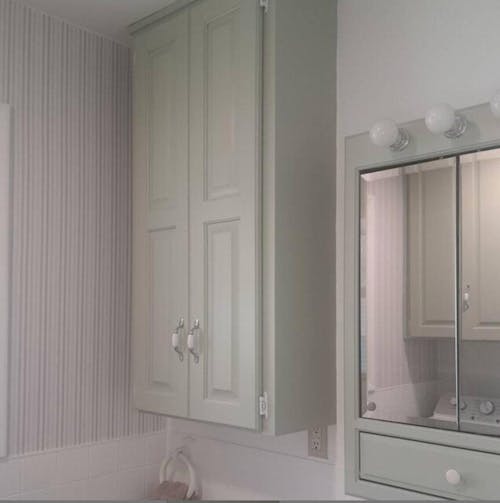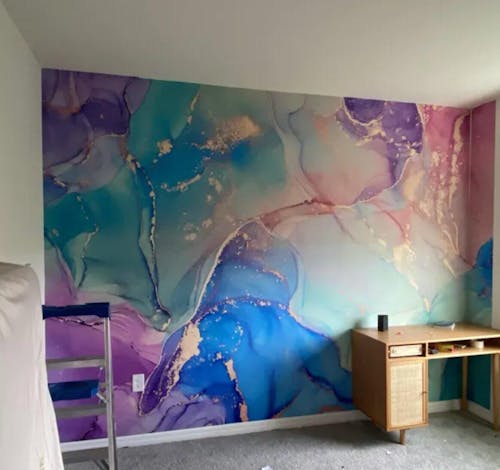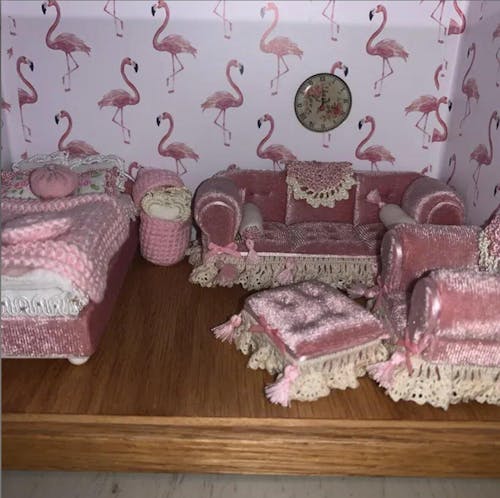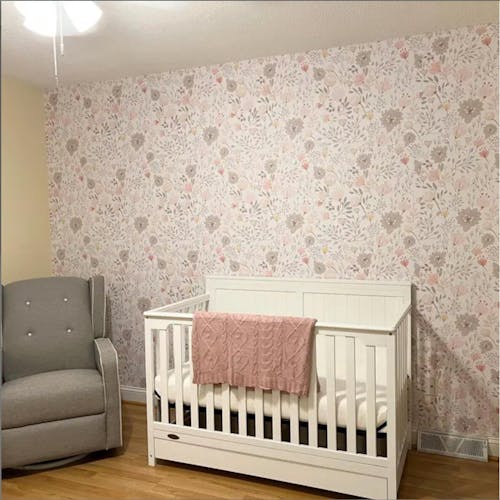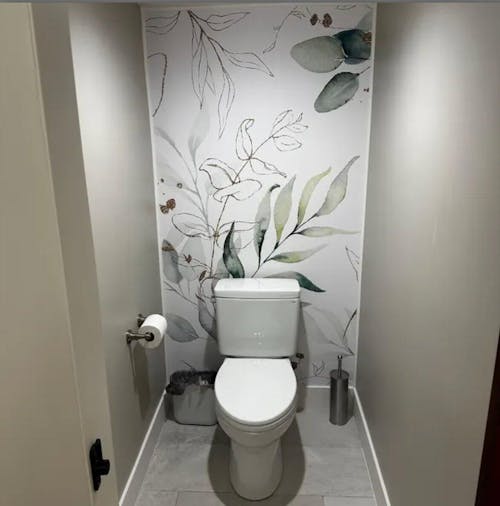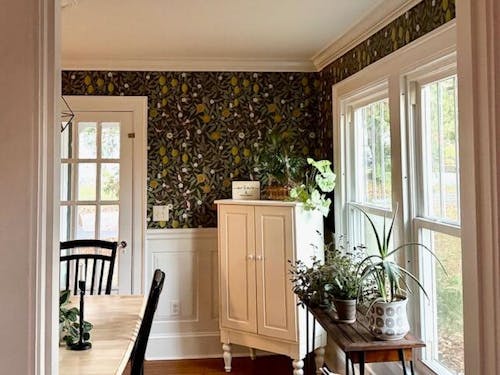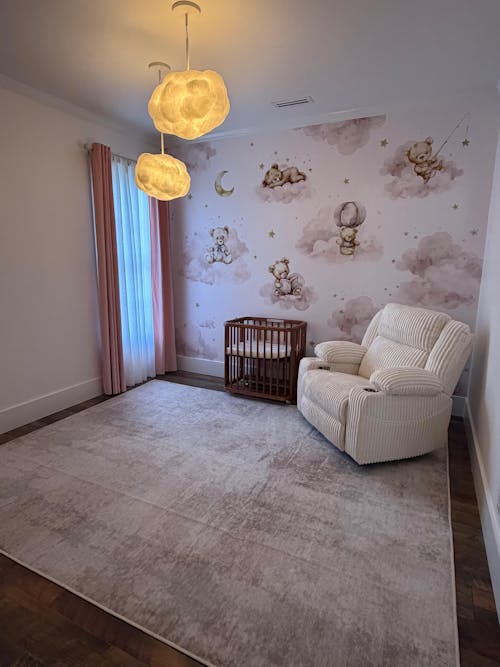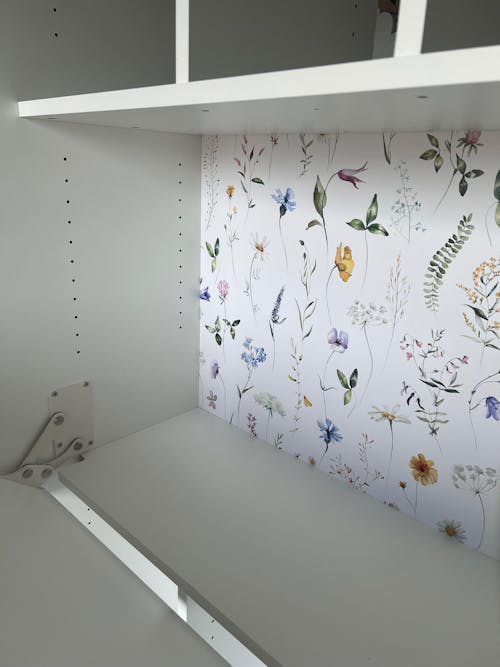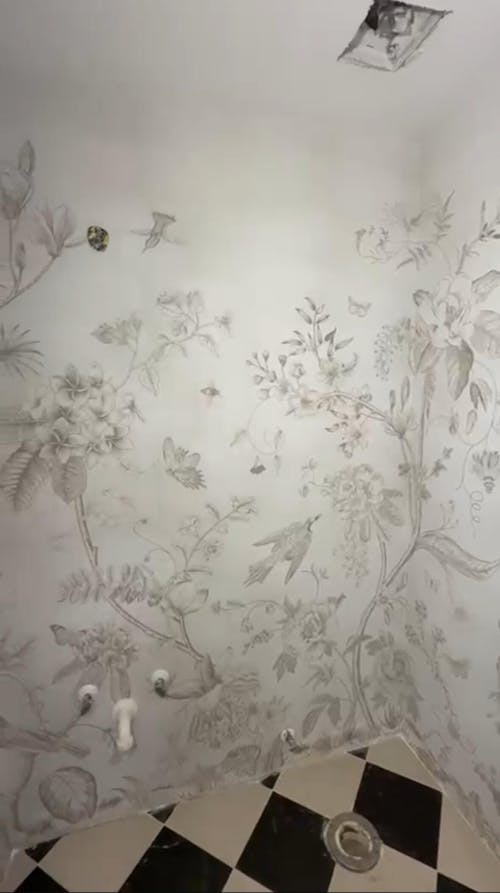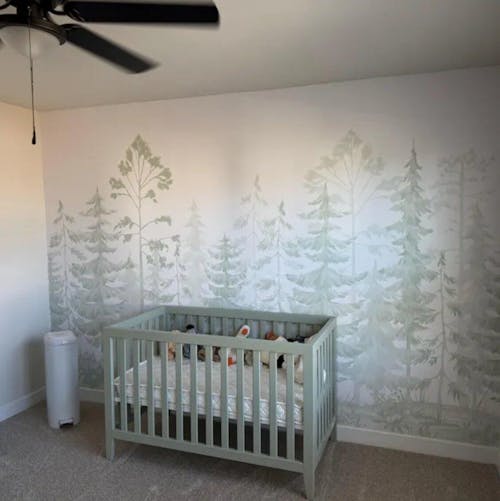Decorating your home with wallpaper can instantly transform the look and feel of a room, adding texture, color, and personality. For families with young children, choosing the right type of wallpaper and maintaining it can be challenging. Kids are naturally curious and energetic, and walls in nurseries, playrooms, and living spaces often endure spills, sticky fingers, and accidental scratches. Fortunately, peel-and-stick wallpaper, especially options designed for nurseries, offers a practical and stylish solution for households with little ones. This article provides essential wallpaper care tips for families seeking to maintain a beautiful, durable, and safe environment.
Why Choose Peel-and-Stick Wallpaper for Kids’ Spaces
Peel-and-stick wallpaper is increasingly popular in modern homes due to its ease of installation, removability, and variety of designs. Unlike traditional wallpaper, which requires glue and often professional installation, peel-and-stick wallpaper can be applied quickly and adjusted as needed. This feature is particularly advantageous in nurseries or playrooms where children’s tastes and interests may change frequently.
In addition to convenience, peel-and-stick wallpaper is typically safer for children. Many nursery wallpaper options are made from non-toxic materials and free of harmful chemicals, ensuring that young kids are not exposed to irritants. For parents, this means they can decorate creatively without worrying about potential health risks.
Preparation Before Installing Wallpaper
Proper preparation is critical for ensuring the longevity and appearance of wallpaper. Begin by cleaning the wall surface thoroughly. Dust, grease, or uneven textures can prevent the wallpaper from adhering properly and lead to peeling or bubbles. For walls with imperfections, consider using a primer or smoothing compound to create an even surface.
Measure and mark the wall carefully before cutting wallpaper strips. Peel-and-stick wallpaper often comes in pre-cut panels or rolls, and precise measurement will help avoid unnecessary waste. It’s also wise to keep children away from the room during installation to prevent accidental smudges, fingerprints, or damage before the wallpaper fully adheres.
Daily Maintenance and Cleaning
Walls in children’s rooms are prone to smudges, crayon marks, fingerprints, and spills. One of the main advantages of peel-and-stick wallpaper is its ease of cleaning. Use a soft, damp cloth to gently wipe away dirt or stains. Avoid harsh chemicals or abrasive scrubbers, which can damage the wallpaper’s surface. For tougher marks, a mild soap solution is often sufficient, but always test a small area first to ensure the wallpaper remains intact.
Routine maintenance also involves keeping an eye on edges and seams. Young children may tug or scratch at wallpaper corners, potentially causing lifting. If a corner starts to peel, press it back gently with your hand or use a wallpaper seam roller for a firmer hold. For temporary repairs, a small amount of adhesive designed for peel-and-stick wallpaper can secure any loose areas without harming the design.

Preventive Measures to Protect Your Wallpaper
Preventive care can significantly reduce the frequency of cleaning and repairs. Consider placing furniture or play mats a short distance from walls to minimize direct contact. Encourage children to use easels or designated drawing spaces rather than drawing on walls. For high-traffic areas, using wall protectors or clear acrylic panels can safeguard wallpaper from accidental scuffs or scratches without detracting from the room’s décor.
Choosing darker or patterned wallpaper designs can also help camouflage minor marks, stains, or fingerprints. For example, wallpapers featuring subtle textures, floral motifs, or geometric patterns often hide small imperfections better than solid, light-colored wallpapers.
Removing and Replacing Wallpaper
One of the greatest advantages of peel-and-stick wallpaper is its removability. As children grow or tastes change, you can update the room’s décor without extensive labor or damage to walls. To remove peel-and-stick wallpaper, start at a corner and slowly peel the paper away from the wall. Avoid pulling too quickly, as this may tear the wallpaper or damage the wall surface. For stubborn adhesive residues, a gentle solution of warm water and mild soap can help loosen the remaining glue.
Replacing wallpaper also allows parents to refresh the room’s theme to match children’s evolving interests. Many peel-and-stick options are sold in fun, age-appropriate patterns such as animal motifs, stars, or educational prints, providing endless opportunities for creativity.
Conclusion
Maintaining wallpaper in a home with young children does require some effort, but choosing the right type of wallpaper, such as peel-and-stick nursery designs, makes it manageable and rewarding. With careful preparation, regular cleaning, and preventive measures, parents can enjoy a stylish, personalized, and safe environment for their children. Peel-and-stick wallpaper not only offers practicality but also the flexibility to adapt to children’s changing tastes, making it an ideal choice for modern family homes. By following these tips, you can ensure your walls remain beautiful and functional, even in the busiest, messiest rooms.
Explore Quality Nursery Wallpapers
For families looking to combine style and practicality, nursery peel-and-stick wallpaper is a perfect solution. Check out a wide selection of designs suitable for children’s rooms at Nursery Wallpaper. From playful patterns to calming designs, you can create a beautiful and child-friendly space without compromising on ease of care.














